fancyRpartPlot is just a wrapper for prp. Looking at the source code of prp it looks like these are the node numbers, created by:
if(nn || ni)
draw.node.numbers(nn, ni, draw.shadows1, type, branch,
Margin, xflip, yflip, cex,
main, sub, col.main, cex.main, col.sub, cex.sub,
xlim, ylim, node.xy, is.leaf, nodes,
node.labs, font, family, box.col, border.col, shadow.col,
under.cex, under.font, under.ygap, ygap,
split.labs, split.cex * cex, split.font, split.family, split.box.col,
split.border.col, split.shadow.col,
nn.cex, nn.font, nn.family, nn.col, nn.box.col,
nn.border.col, nn.lty, nn.lwd, nn.round,
split.adj, split.space, split.yspace, split.yshift,
yshift, adj, space, yspace, shadow.offset,
nn.adj, nn.yshift, nn.space, nn.yspace, bg)
list(node.boxes=node.boxes, split.boxes=split.boxes)
https://github.com/cran/rpart.plot/blob/master/R/prp.R
You can also find some comments about this in the code

